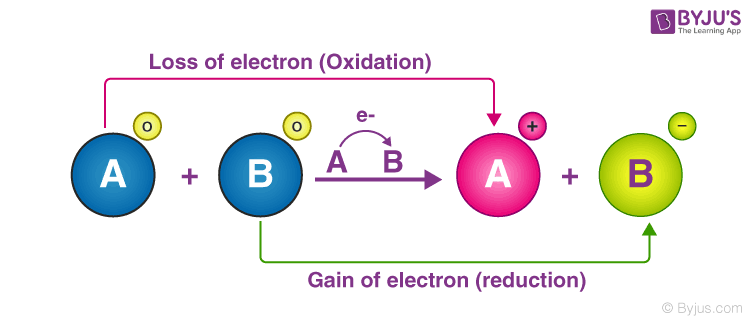Sodium and Its Important Compounds

Sodium is a Group 1 alkali metal with atomic number 11 and chemically represented as “Na”. It is a white, soft alkali metal that is extremely unstable. It has one electron in the outer shells, producing a sodium ion upon losing it. In general, sodium is not free, as it is extremely reactive. To avoid its action in the atmosphere, it is preserved in kerosene oil. It includes primarily three minerals, including feldspar, sodalite and rock salt Sodium Chloride (NaCl).
Sodium chloride can be obtained when sodium forms bonds with chlorine. As sodium forms bonds with chlorine, sodium chloride is being formed. To obtain sodium hydroxide, sodium reacts vigorously with water, snow and ice.
Properties Of Sodium
- Sodium has a strong metallic lustre and is very similar in colour to silver.
- At common temperatures, it is delicate that it can be moulded by the pressure of the fingers into leaves.
- Sodium compounds quickly tarnish, but less readily than potassium, when exposed to the sunlight.
- Sodium is instantly oxidized by water, hydrogen gas in temporary unity with some sodium being disengaged.
- Sodium has a lower melting & boiling point than lithium.
- Metallic bonding is available.
- It is also conducting since it has one free electron.
- In a flame test, it shows yellow.
- The sodium atom has a common oxidation state of +1.
- It has lower 1st ionization energy.
The Important Compound Of Sodium
The economically important sodium compounds and their applications are mentioned below.
Sodium hydroxide (NaOH)
- Sodium Hydroxide relates to the inorganic substance group and is typically found at room temperature in the form of a white solid.
- Sodium cations and hydroxide anions end up making up the chemical substance.
- Its chemical formula is NaOH and is generally referred to as Iye or caustic soda.
- Sodium hydroxide is a colourless compound and soluble in ethanol, water and glycerol.
Sodium carbonate (Na2CO3)
- Sodium carbonate is a carbonic acid diazonium salt which has the chemical formula Na2CO3.
- It is often referred to as soda ash, Soda crystals and washing soda.
- It is soluble in water and forms carbonic acid and sodium hydroxide when dissolved in water.
- It is a white powder in its pure form and it is odourless.
- It is a powerful base and behaves like an antacid.
- Four processes namely Labnac method, Solvay method, Electrolytic and Dual-process, through which sodium carbonate can be prepared.
- Since it is a weak acid, in ethanol it is slightly soluble and in alcohol it is insoluble.
- One of Na2CO3‘s significant uses is as a water softener.
- The pH is approximately 10.52.
Sodium chloride (NaCl)
- Sodium chloride is an ionic compound wherein the ratio of sodium ions to chloride ions is 1:1.
- It is generally referred to as table salt, common salt, or halite.
- It is the salt that is mainly accountable for seawater salinity and the extracellular fluid that exists in many multicellular species.
- From household to industrial applications, it is required.
- A major source of this salt is seawater.
- It is readily soluble in water and other liquids, it is partially soluble/ insoluble.
- They are white crystals that do not have a smell but have a taste.
- Due to the free flow of the ions, NaCl serves as a strong conductor of electricity in its aqueous state.
Use Of Sodium Compounds
Sodium compounds have many uses, including hydrogen peroxide preparation, that is by the action of dilute acids on sodium peroxide.
Na2O3 + H2SO4 → H2O2 (30%) + Na2SO4
The main uses of sodium compounds are listed below.
Sodium carbonate
- Used in cleaning, laundering and water softening process.
- Used in borax, glass, soap & caustic soda production.
- It is being used in the fields of painting and textiles.
- It plays a major role in the lab while quantitative and qualitative and research.
Sodium hydroxide
- It is being used in the manufacture of paper, soap, artificial silk, etc.
- Its use was found during the refining of petroleum.
- It is used in the textile industry, including in the cotton market.
- In labs, it’s being used as a precipitating agent.
- It is used during the processing of fats and oils.
Sodium chloride
- For domestic purposes, it is used as common salt.
- It is used for sodium peroxide, sodium hydroxide, and sodium carbonate preparations.



